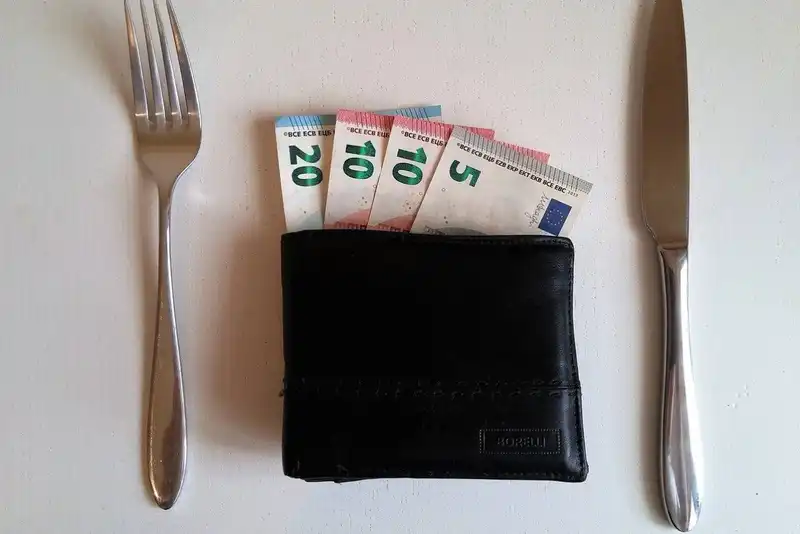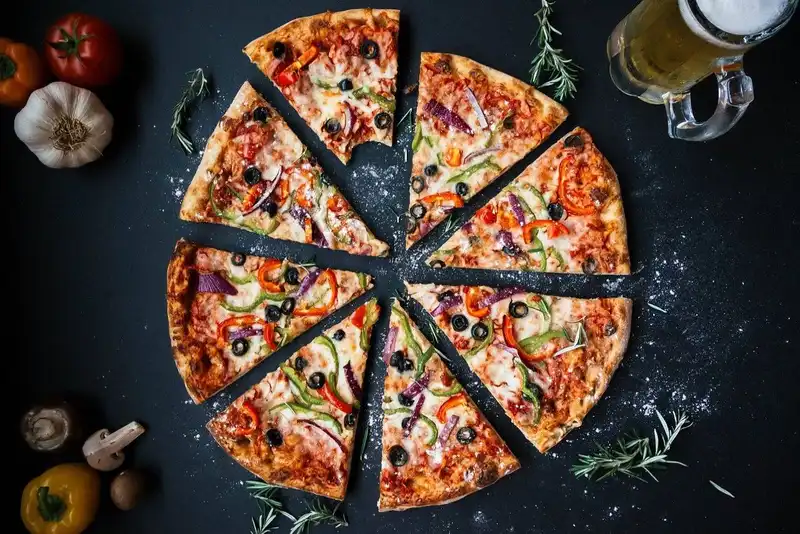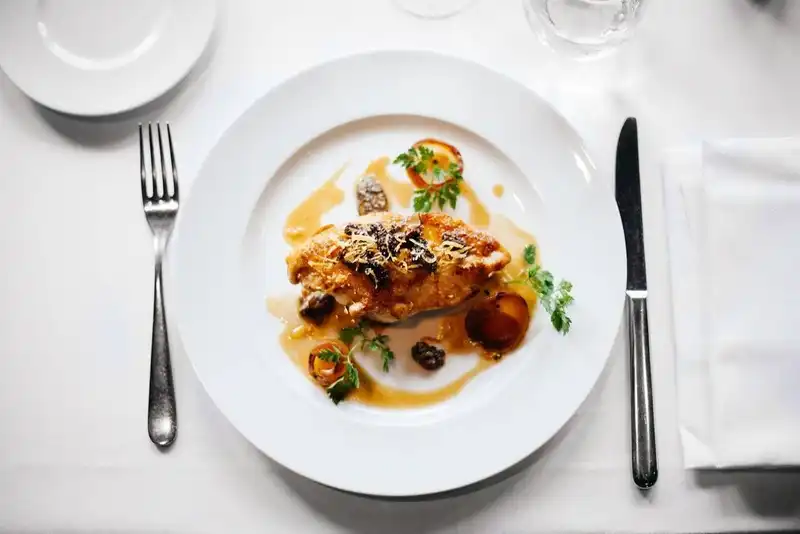How To Read a Restaurant Profit and Loss Statement

What Are Examples of Profit and Loss?

A profit and loss statement, often referred to as an income statement, maintains the income and expenses that a business compiles during certain periods of time.
When reading a profit and loss statement, the revenue and expenses are more clearly sorted. This gives a restaurant owner a more detailed look at restaurant profits in relation to operating expenses.
Understanding how to read a profit and loss statement provides a restaurant owner a better bottom line on whether they are earning a profit. Here is a more detailed look.
Profit and Loss Statements
Business owners use profit and loss and other financial statements to gain a better understanding of their company's financial health. Having an income statement that reflects the accuracy of profit and loss will help when a restaurant owner applies for credit from lenders.
Profit and loss statements aren't the same as cash flow statements. A cash flow statement tracks only revenue the restaurant generates in cash. Unlike an income statement, it won't show any credit.
Restaurant Revenue
Revenue means any item of sale that garners a profit for the restaurant. It is the profit portion of a profit and loss statement. In a restaurant, the sales revenue is mostly made up of food and beverage sales. However, catering and merchandise can also be considered part of the restaurant revenue.
Restaurant merchandise can lean into its branding with novelty items like t-shirts, mugs or novelties. It can also mean gift cards or prepackaged food items. For example, TGI Fridays, PF Changs and Marie Callendars each offer a prepackaged version of their most popular items in grocery stores.
Cost of Goods Sold
Cost of Goods Sold (COGS) are a primary expense in restaurant ownership. COGS refers to food and beverage cost, supplies and other inventory. Operating expenses like labor, rent or utilities aren't included as part of cost of goods sold.
When a profit and loss statement is compiled, COGS are subtracted from a restaurant's profit intake and the resulting sum is the gross profit earned. This figure helps to create a profile of the profit margin and determine the revenue generated from inventory.
Revenue Expenses
To get a restaurant's bottom line it takes more than determining gross profit. Additional revenue expenses that need to be included are payroll, which is one of the top expenses for a restaurant.
Operating costs are itemized and can include maintenance costs or cleaning costs. The building itself will have property taxes, rent and other expenses that will be listed on the restaurant income statement.
How To Read Profit and Loss Statements
Understanding how to read the profit and loss statement for a restaurant is crucial to continued success. This is especially true for multiple locations as the financial statements from each will provide the net income and bottom line.
At first look, the restaurant profit and loss statement might be daunting. But understanding four key areas can simplify the process.
1. Sales
A dedicated point of sale (POS) system will automatically calculate the menu sales data. Once those numbers are configured, the profit and loss statement will break down each sale by menu category and whether it was a food cost or beverage cost.
The sales category may also include other information that affects sales, such as comps and discounts given out by managers at different locations. Overall, you need to include all items from different revenue streams and track the sales brought in by each.
2. Prime Cost
A standard prime cost for restaurants is around 55%-65% of total sales. The prime cost is made up of the bulk of expenses and is split into two definitive categories- food and labor. These are the two main expenses for any restaurant and the prime cost will uncover how well restaurant managers are controlling these costs.
3. Operating Expenses
Operating expenses are fixed costs which means they don't fluctuate based on sales. staying the same independent of sales. They include anything that keeps a business up and running. Some examples of expenses include rent, utilities, or property tax.
Additional operating expenses can be a one-off purchase or cost like repairs. Regardless, they all needed to be tracked in a profit and loss statement for accurate readings.
4. Net profit or net income
Last on the restaurant profit & loss statement is the net profit or income. These numbers come from subtracting the prime cost and operating expenses from sales figures. Depending on the financial health of the restaurant, this figure can be an indicator of positive or negative returns.
If the net income is below ideal, this is where understanding the data on a profit and loss statement can help to make adjustments to improve financial health.
Items on a Profit and Loss Statement: Four target areas depicted on a profit and loss statement. These should be read and understood thoroughly.
Conclusion to Profit and Loss

- A restaurant profit and loss statement, also called an income statement, reports financial data that includes a restaurant's expenses and revenue during specific time periods.
- A profit and loss statement can give a better idea of the net profit a restaurant has.
- The figures on a profit and loss statement will help discover areas of the restaurant which need adjustments to better profit revenue. Total costs and sales numbers reflect where the strengths and weaknesses of a restaurant lay.